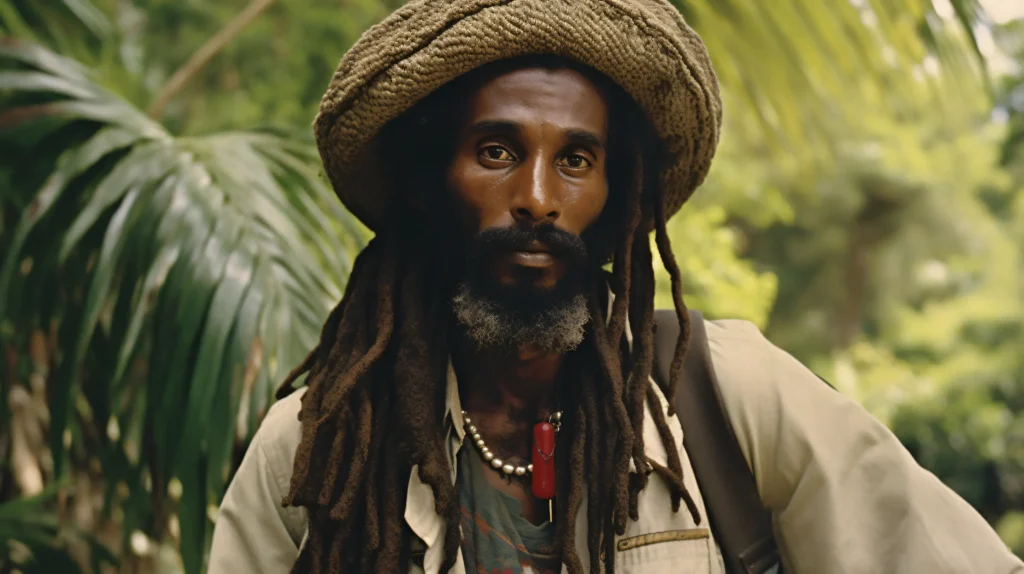When you think of Jamaica, what first comes to mind? The pristine white-sand beaches, the picturesque mountains, or the unforgettable jerk chicken? If you’re a music enthusiast, the groovy beats and mellow rhythms of reggae might spring to mind. Beyond being just music, reggae is a cultural movement, a philosophy, and a form of musical communication that has touched hearts worldwide. But what exactly is reggae, where did it originate, and how does one dance to its signature rhythm? Let’s explore this captivating musical genre.
What is Reggae?
Reggae emerged in the late 1960s in Jamaica as a new genre of music distinct from its predecessors. It is characterized by its offbeat rhythms, staccato chords played by a guitar or piano on the offbeat, and a bass drum hitting the third beat of each measure, known as the “one drop” rhythm. The lyrics often address socio-political issues, personal relationships, peace, and love, and they carry a solid spiritual undercurrent reflecting the genre’s deep roots in Rastafarianism.
Reggae has played a significant role in shaping global music culture. It has inspired numerous sub-genres like dancehall, dub, and reggaeton and has significantly influenced hip-hop, punk, and pop music. Notable reggae artists include the legendary Bob Marley, Peter Tosh, and Jimmy Cliff.
The Roots of Reggae: From Mento to Ska and Rocksteady
Reggae did not emerge in isolation. Instead, it evolved from several earlier Jamaican musical styles. The earliest form, mento, is a style of Jamaican folk music that dates back to the early 20th century. It features acoustic instruments like the banjo and hand drums, and its lyrics often tell stories or provide social commentary.
Ska and rocksteady, two other precursors to reggae, arose in the 1950s and 60s. Ska is fast-paced with a strong emphasis on the offbeat, while rocksteady, which follows ska, is slower and more relaxed. Reggae is seen as a progression from these styles, as it retained the offbeat rhythm but further slowed the tempo, allowing for more expressive and socially-conscious lyrics.
Dancing to Reggae
Moving to the reggae rhythm is an experience as diverse as the genre itself. Dance styles can vary significantly, but some common elements include swaying to the beat, stepping in time with the bass drum, and moving your arms freely. It’s a form of dance that doesn’t require technical perfection but feeling the music and moving your body accordingly.
In a typical reggae dance, the body’s upper half often remains relatively still, allowing the lower body to accentuate the rhythmic movement. This can include a range of movements, such as stepping forward and backward in rhythm with the beat or side-to-side movements with the hips. In all reggae dance styles, the emphasis is on relaxed, flowing movements that mirror the music’s laid-back feel.
The Heartbeat of Jamaica
Although reggae is now a global phenomenon, its roots remain firmly planted in Jamaica. This profound music style gave birth to the island nation’s socio-political struggles, cultural experiences, and spiritual beliefs. It has served as a voice for marginalized communities, a tool for social commentary, and a vehicle for spiritual expression.
In 2018, UNESCO recognized reggae music’s contribution to international discourse on injustice, resistance, love, and humanity, adding it to the Representative List of the Intangible Cultural Heritage of Humanity. This recognition underscores the significant role of reggae in Jamaica’s cultural identity and global music and culture.
Reggae is far more than a music genre. It reflects Jamaican culture, a catalyst for social change, and a universal language that unites people from different backgrounds. So next time you hear the melodic strains of a reggae song, remember to feel the rhythm, understand the message, and move your body to the pulsating heartbeat of Jamaica.

